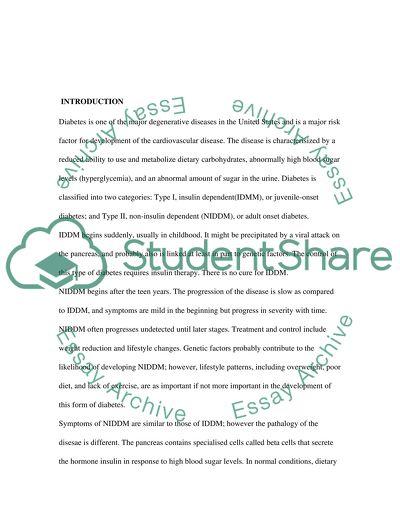Cite this document
(“Diabetes Nutrition Therapy Essay Example | Topics and Well Written Essays - 6500 words”, n.d.)
Diabetes Nutrition Therapy Essay Example | Topics and Well Written Essays - 6500 words. Retrieved from https://studentshare.org/health-sciences-medicine/1530143-diabetes-nutrition-therapy
Diabetes Nutrition Therapy Essay Example | Topics and Well Written Essays - 6500 words. Retrieved from https://studentshare.org/health-sciences-medicine/1530143-diabetes-nutrition-therapy
(Diabetes Nutrition Therapy Essay Example | Topics and Well Written Essays - 6500 Words)
Diabetes Nutrition Therapy Essay Example | Topics and Well Written Essays - 6500 Words. https://studentshare.org/health-sciences-medicine/1530143-diabetes-nutrition-therapy.
Diabetes Nutrition Therapy Essay Example | Topics and Well Written Essays - 6500 Words. https://studentshare.org/health-sciences-medicine/1530143-diabetes-nutrition-therapy.
“Diabetes Nutrition Therapy Essay Example | Topics and Well Written Essays - 6500 Words”, n.d. https://studentshare.org/health-sciences-medicine/1530143-diabetes-nutrition-therapy.


